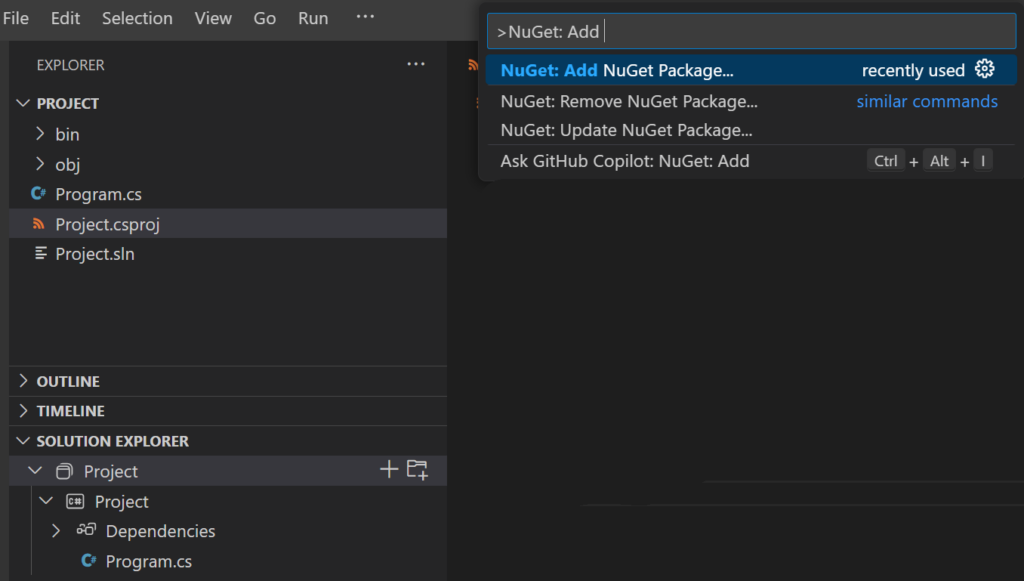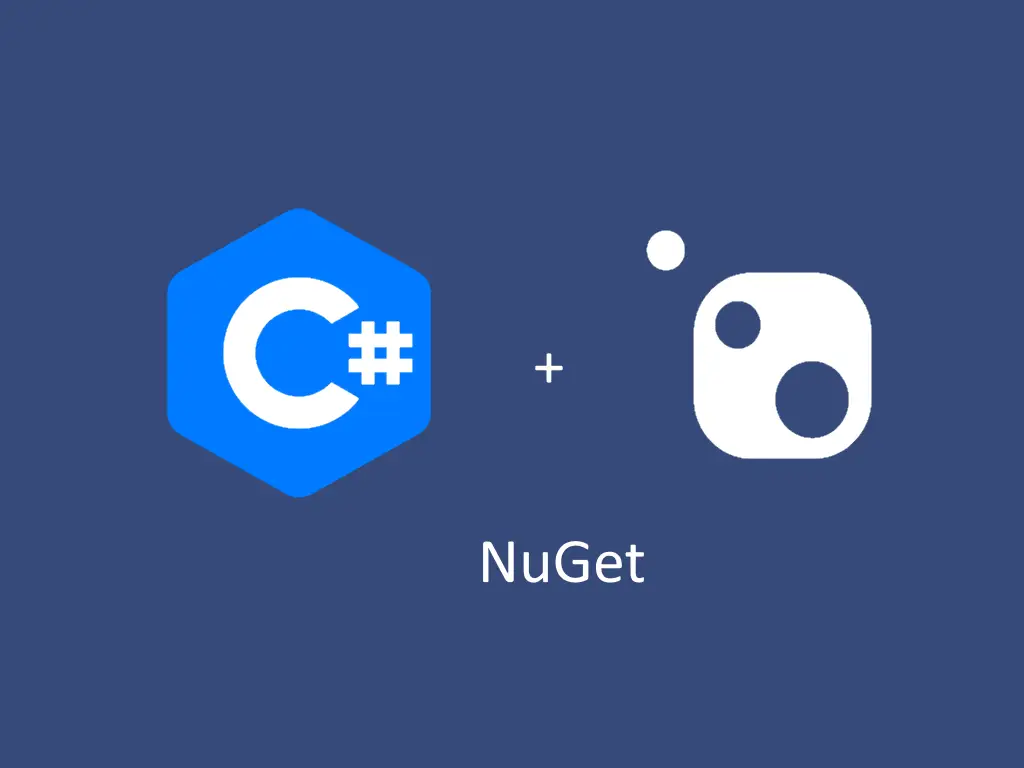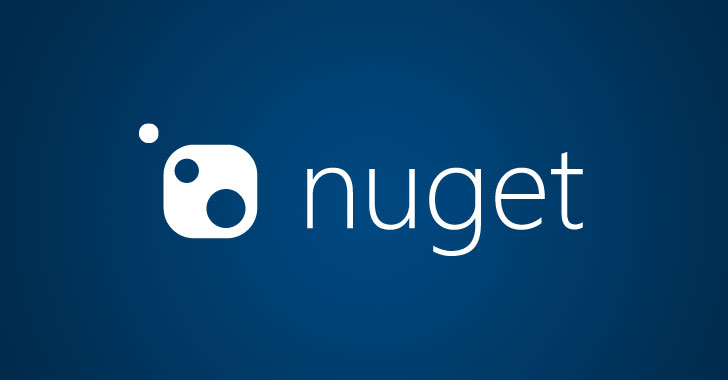Designing and publishing a NuGet package isn’t just about writing reusable code — it’s also about ensuring **security, integrity, and trust**. With the rapid growth of open source and package distribution in .NET ecosystems, a single insecure NuGet package can compromise entire applications.
That’s why understanding the best practices for designing a secure NuGet package is crucial for developers, DevOps teams, and organizations who want to protect their software supply chain.
In this article, we’ll break down the most important steps to make your NuGet packages secure from the ground up — from secure coding to package signing, vulnerability management, and trusted distribution.
Why Secure NuGet Packages Matter
NuGet packages are at the heart of modern .NET application development. They allow developers to reuse code, accelerate delivery, and share solutions across teams and communities. But this also makes them a prime target for **supply chain attacks**.
A compromised NuGet package can:
– Expose sensitive data.
– Inject malicious code into downstream applications.
– Create legal and compliance risks.
– Damage the reputation of developers and organizations.
This is why secure package design must be part of your **software development lifecycle**. A secure package isn’t just about clean code — it’s about trust and traceability.
For background on NuGet security standards,
Use Strong Naming and Semantic Versioning
A secure package starts with a **clear identity**. Poorly named or inconsistently versioned packages can confuse users and create opportunities for **typosquatting attacks**.
Best practices for naming:
– Use a unique and consistent package ID (e.g., `Company.Product.Feature`).
– Avoid names that mimic popular packages.
– Register your organization’s namespace early to avoid impersonation.
Versioning matters:
Use [semantic versioning](https://semver.org/) (e.g., `1.2.3`) to clearly indicate compatibility:
– **MAJOR** – Breaking changes.
– **MINOR** – Backward-compatible features.
– **PATCH** – Bug fixes or security patches.
A clear versioning strategy builds **trust** with consumers and simplifies patching when vulnerabilities arise.

Minimize and Control Dependencies
Every dependency you include becomes a **potential attack surface**. Unnecessary dependencies can introduce vulnerabilities, licensing issues, or unpredictable updates.
How to secure dependencies:
– Include only what is absolutely required.
– Regularly audit dependencies for vulnerabilities.
– Prefer stable, well-maintained libraries with good reputations.
– Lock dependency versions to avoid unwanted updates.
You can use the `dotnet list package –vulnerable` command to check for known security issues in dependencies. For more details, refer to [NuGet dependency management](https://learn.microsoft.com/en-us/nuget/consume-packages/dependency-resolution).
**Tip:** If you’re building a library, keep dependencies minimal. This reduces your attack surface and makes your package more reliable for consumers.
Sign Your NuGet Packages
Signing your package proves that it **comes from a trusted source** and hasn’t been tampered with after publication.
Benefits of signing:
– Establishes authenticity and trust.
– Prevents tampering between authoring and delivery.
– Complies with enterprise security policies.
How to sign:
– Obtain a trusted code signing certificate.
– Use the `nuget sign` command to apply the signature.
– Validate signatures with `nuget verify`.
You can find step-by-step instructions on
> **Pro Tip:** Always sign before publishing, and automate the signing process in your build pipeline to avoid human error.
Scan for Vulnerabilities Before Publishing
Security doesn’t end when you write your code. **Proactive vulnerability scanning** helps catch issues before they reach the public.
Recommended practices:
– Use security scanning tools (e.g., `dotnet list package –vulnerable`, Snyk, Dependabot).
– Check for known CVEs in dependencies.
– Review your code for insecure configurations.
– Automate scans as part of your CI/CD pipeline.
By integrating scanning early, you reduce the risk of exposing consumers to dangerous vulnerabilities.
For additional security tools and best practices.
Implement Secure CI/CD Practices
A secure NuGet package also depends on a **secure build and release pipeline**. If your CI/CD environment is compromised, so is your package.
Key CI/CD security steps:
– Use secrets management and never hard-code credentials.
– Restrict permissions in your build environment.
– Enable multi-factor authentication for publishing accounts.
– Use isolated build agents to minimize exposure.
– Automate signing, scanning, and publishing steps.
> **Tip:** Consider using private feeds and staged rollouts for critical or internal packages.
Follow Best Practices for Metadata and Documentation
Security also comes from **transparency**. Good metadata and documentation help consumers understand what they are installing.
Include:
– A clear description of what your package does.
– License information (e.g., MIT, Apache 2.0).
– Author and organization details.
– Release notes that document changes, especially security fixes.
Accurate metadata makes it easier to trace and audit package usage. NuGet.org also flags packages with missing metadata, which can reduce user trust.
Good documentation also helps organizations comply with software supply chain requirements.

Monitor and Maintain Your Packages
Security is **not a one-time effort**. A secure NuGet package requires **ongoing maintenance** and monitoring.
Long-term security tips
– Set up alerts for vulnerabilities in your dependencies.
– Patch and publish updates quickly when issues are found.
– Deprecate insecure versions.
– Communicate clearly with your users about security updates.
Regular maintenance ensures your package remains a **trusted component** of your consumers’ applications.
You can read more on monitoring strategies at GitHub Docs
Designing a NuGet package isn’t just about code quality — it’s about **protecting the entire software ecosystem**.
By following these best practices for designing a secure NuGet package, you can:
– Build trust with users and organizations.
– Reduce the attack surface of your software.
– Stay compliant with security and legal standards.
– Protect your reputation as a developer or organization.
From strong naming and signing to secure pipelines and proactive maintenance, security must be baked in from the start.
A secure NuGet package benefits everyone — you, your users, and the wider software community.
